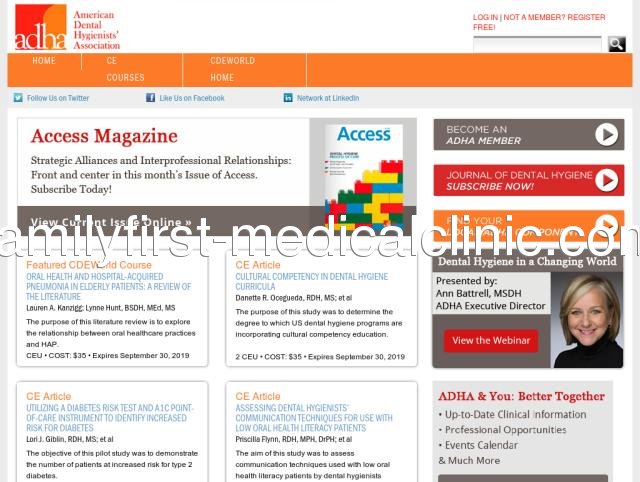Viagra wird oft in Zusammenhang mit Herz-Kreislauf-Erkrankungen erwähnt, da Sildenafil ursprünglich für den Blutdruck entwickelt wurde. Erst später entdeckte man die Wirkung auf die Erektion. Heute bestellen viele Patienten viagra generika online, weil es preislich einfacher ist.
adha.cdeworld.com Review:
CDEWorld - Continuing Dental Education - Continuing Dental Education for dental professionals. Choose from over 1,000 quizzes and courses for continuing education credits.
Country: 162.243.4.48, North America, US
City: -73.9975 New York, United States
They really dropped the ball on this one. It should be called Just Simon Says or something along those lines, because the dance moves are so esoteric and impossible to mimic quickly that one quickly becomes frustrated. I'm sure you can turn off the video recording on the Kinect, but it was HORRIFYING to see myself dancing after each song. That's probably more on me for being a despicable dancer, but still. UbiSoft has been slowly going downhill with this series, and with this one I think they've reached rock-bottom. Nowhere to go but up? Maybe. But after buying four other titles in this series I think this is probably my last.
Very informative and a quick read. A must if you are considering doing this practice on a regular basis. I've only been pulling for about 3 weeks but so far my teeth have stopped hurting and are not as sensitive to hot and cold. My dentist had recommended a root canal on one tooth if it continued to hurt, but it seems to be improving everyday.
I'm 71 and have had thinning hair for several years. after 3 months I didn't take it everyday but I had a substantional amount of new hair and am thrilled. I'v never had thick hair but this works for me so I would say to give it a try if your thinning but give it 3 or 4 months anyway before you give up on it.
Great book! Life changing! Our pastor, also, enjoyed it so much that our church bought the participant guides, leader's guide and powerful DVD, and has offered it in small group settings of as many as 24 men and women. It has been very much enjoyed by all who've taken it. (Those additional products were equally well done.)
